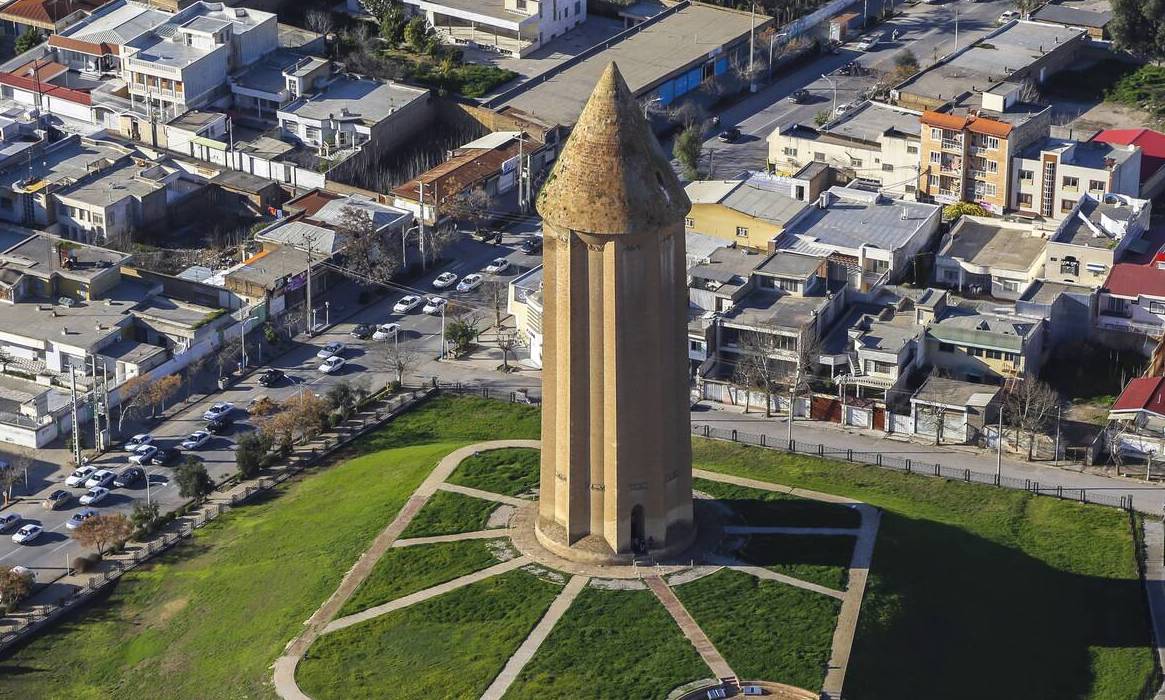Gonbad-e Qabus Tower: A Unique Symbol of Iranian Heritage
Are you searching for a travel destination that will leave you in awe of its architectural wonders? Look no further than the Gonbad-e Qabus Tower, a UNESCO World Heritage site located in the northern region of Iran. This towering structure was built in the 11th century and stands as a testament to the impressive skills of Iranian architects.
Gonbad-e Qabus is the name of a city in northern Iran that is famous for its unique architectural wonder, the Gonbad-e Qabus Tower. The tower’s cylindrical shape and conical roof, which tapers to a point, create a perfect example of geometric harmony that is truly mesmerizing to behold. Along with its intricate brickwork and Kufic inscriptions, the tower offers a glimpse into ancient Iran’s cultural richness and architectural achievements.
To visit Gonbad-e Qabus, don’t hesitate to look into our Iran World Heritage Tour.
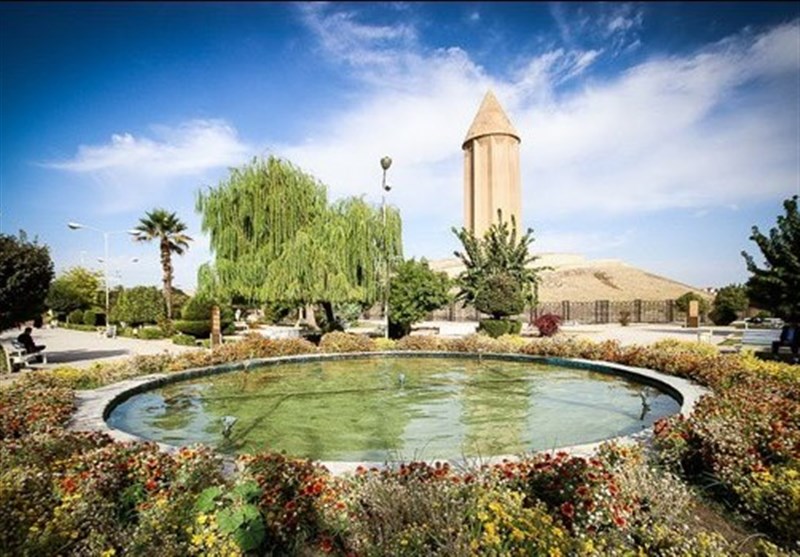
The Tower’s History & Design
The Gonbad-e Qabus Tower was built in the 11th century during the reign of the Ziyarid dynasty. It was constructed as a tomb for the Ziyarid ruler, Qabus ibn Voshmgir, who ruled the region from 978 to 1012. The tower is made of baked brick and stands 72 meters tall, with a diameter of 17 meters at its base.
The design of the Gonbad-e Qabus Tower is a marvel of Iranian architecture in its Islamic era. The tower is a perfect example of geometric harmony, with its cylindrical shape and conical roof that tapers to a point. The tower is decorated with intricate brickwork and Kufic inscriptions, which add to its beauty and grandeur.
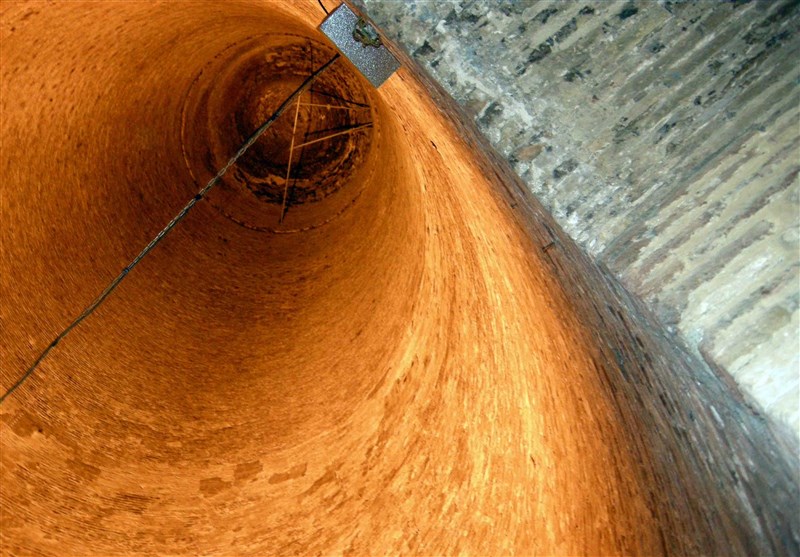
Exploring the Tower
Visitors to the Gonbad-e Qabus Tower can climb up to the top of the tower for panoramic views of the surrounding landscape. The interior of the tower is also worth exploring, with its cylindrical shape and unique acoustics creating a mesmerizing atmosphere. In addition to the Gonbad-e Qabus Tower, the city is also home to other cultural and historical attractions. The city’s bazaar is a popular destination for shopping and exploring the local handicrafts, while the Shahroud River offers opportunities for boating and other water activities. The city is also known for its delicious local cuisine, including traditional dishes such as Ash-e Doogh and Gheymeh.
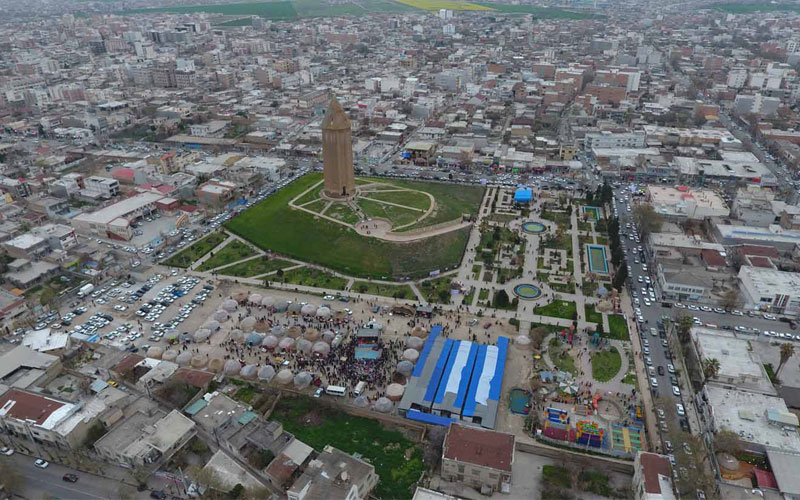
Why is Gonbad-e Qabus in Iran recognized as a UNESCO world heritage?
UNESCO recognizes the exceptional universal value of Gonbad-e Qabus Tower and added it to its World Heritage list in 2012 to ensure its protection and preservation for future generations. Gonbad-e Qabus Tower is an exceptional example of early Iranian Islamic architecture and for some specific reasons it is registered as a World Heritage:
- The tower is a unique example of a tomb tower and an outstanding representation of the Iranian architectural and artistic traditions of the era.
- The tower is considered one of the most important examples of early Iranian architecture in the Islamic era in the world and a symbol of the cultural achievements of the Ziyarid dynasty.
- It represents an exceptional testimony to the cultural and artistic renaissance that Iran experienced during the 11th century.
- The tower’s unique design and construction techniques have been studied and admired by architects and historians for many years.
- The Gonbad-e Qabus Tower reflects the cultural and historical significance of the region and contributes to the understanding of the Iranian civilization and its artistic and architectural traditions.
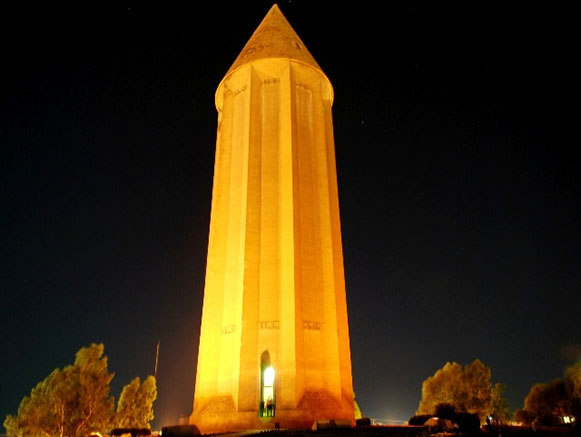
When to visit Gonbad-e Qabus?
The best time to visit Gonbad-e Qabus depends on your preferences and interests. The city experiences a continental climate with hot summers and cold winters, so the best time to visit is during the spring (April to June) and fall (September to November) when the weather is mild and pleasant. If you don’t mind the heat, you can also visit Gonbad-e Qabus during the summer (July to August). However, temperatures can reach up to 40°C (104°F), so it’s important to stay hydrated and avoid outdoor activities during the hottest parts of the day.
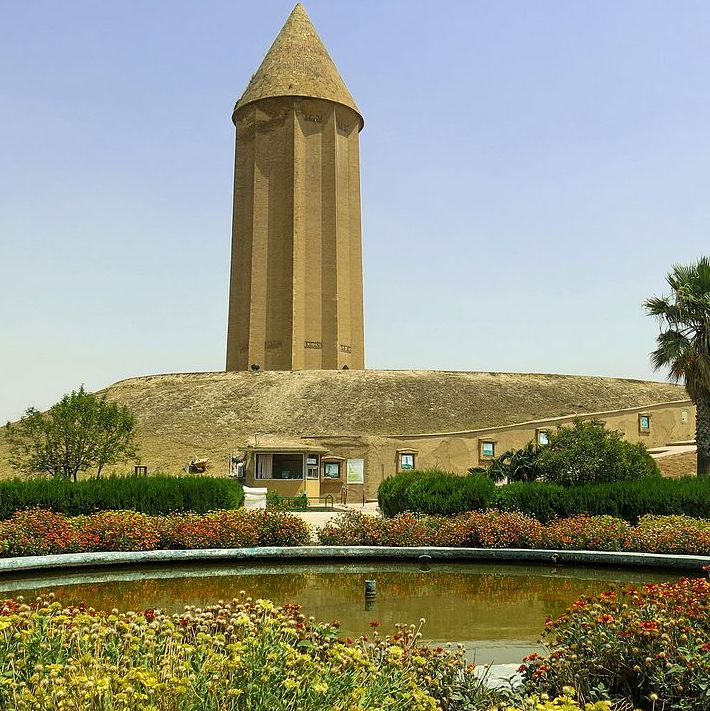
Where is the Gonbad-e Qabus located?
Gonbad-e Qabus is a city located in the northeastern part of Iran, in the Golestan Province. It is situated about 170 kilometers (105 miles) southeast of the Caspian Sea and 55 kilometers (34 miles) northwest of the city of Bojnourd, the capital of the North Khorasan Province.
What to visit in Iran after Gonbad-e Qabus Tower?
We have included Gonbad-e Qabus in Iran World Heritage Tour. This package offers a unique opportunity to explore the rich cultural and historical heritage of the region, including the stunning World Heritage monuments. Our tour packages offer a comprehensive and immersive experience of Iran’s diverse culture, architecture and nature at reasonable rates.
If you’re interested in exploring more of Iran’s cultural and historical treasures, there are many other destinations worth visiting. Here are a few suggestions:
The Caspian Sea: The Caspian Sea, located in the north of Iran, is the largest inland body of water in the world. It offers opportunities for water sports, fishing, and a chance to relax on its beautiful beaches.
Tehran: The capital city of Iran is a vibrant metropolis with many cultural and historical attractions, including the National Museum of Iran, and the Golestan Palace.
Kashan: This historic city is home to some of Iran’s most beautiful traditional houses, as well as the stunning Fin Garden and the Agha Bozorg Mosque.
Yazd: This desert city is famous for its unique architecture and historical sites, including the Jameh Mosque and the Zoroastrian Fire Temple.
Persepolis: Located in the southwestern province of Fars, Persepolis is an ancient city that was once the capital of the Achaemenid Empire. The city is home to stunning ruins, including the Gate of All Nations, the Apadana Palace, and the Hall of 100 Columns.
Isfahan: Known as the “half of the world,” Isfahan is a beautiful city with a rich history and stunning architecture. Highlights include the Naqsh-e Jahan Square, the Chehel Sotoun Palace, and the Shah Mosque.
Shiraz: Located in the southern province of Fars, Shiraz is known for its beautiful gardens, historic mosques, and vibrant bazaars. Highlights include the gardens of Eram and Narenjestan, the Vakil Mosque, and the Nasir al-Mulk Mosque.
Alangdarreh Forest: Alangdarreh is a dense forest located about 20 kilometers (12 miles) south of Gonbad-e Qabus. It is home to a variety of plant and animal species, including the endangered Caspian tiger.
Turkmen Sahra: Turkmen Sahra is a vast desert region located about 150 kilometers (93 miles) northeast of Gonbad-e Qabus. It is home to several nomadic tribes and features stunning landscapes, including sand dunes, salt flats, and rocky mountains.
Let us know your experiences of visiting or your questions about the Gonbad-e Qabus in the comment box below, we will be happy to hear from you!

